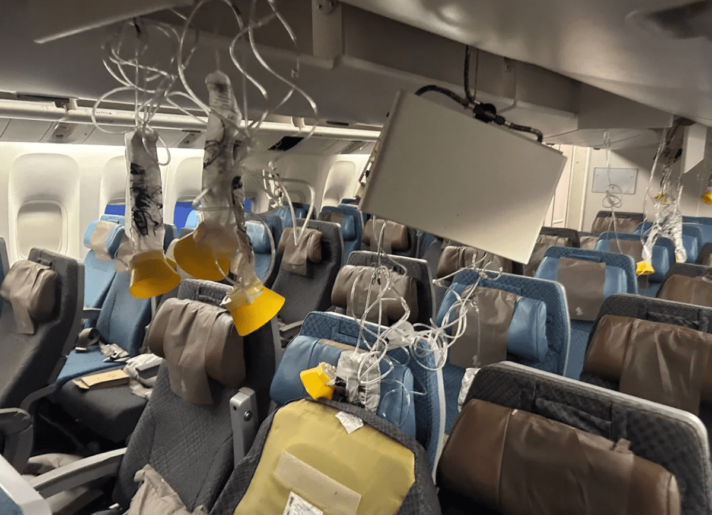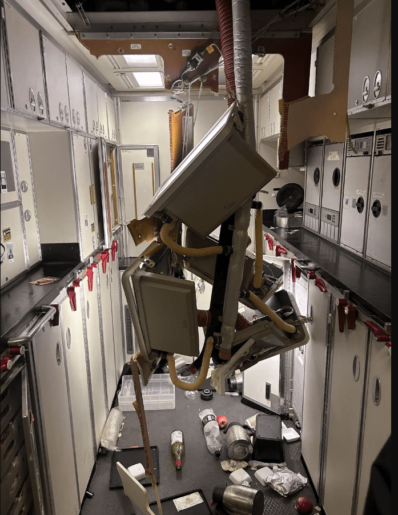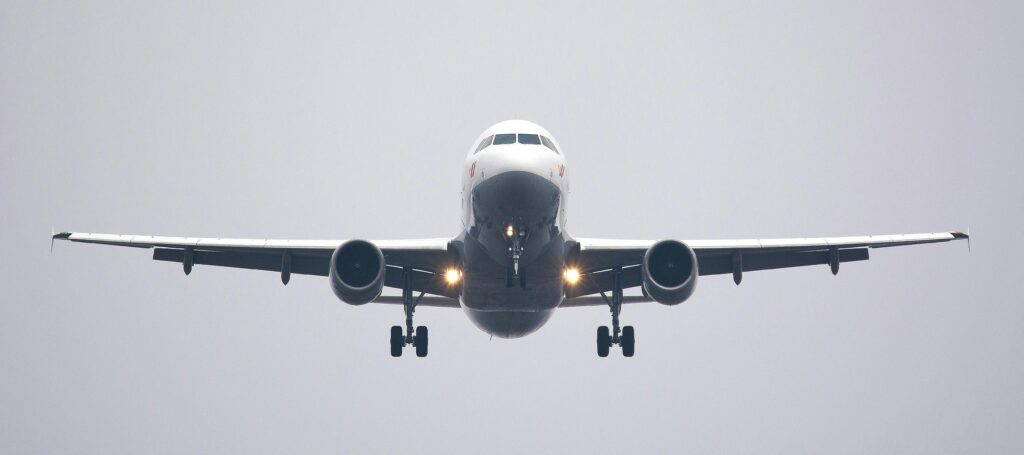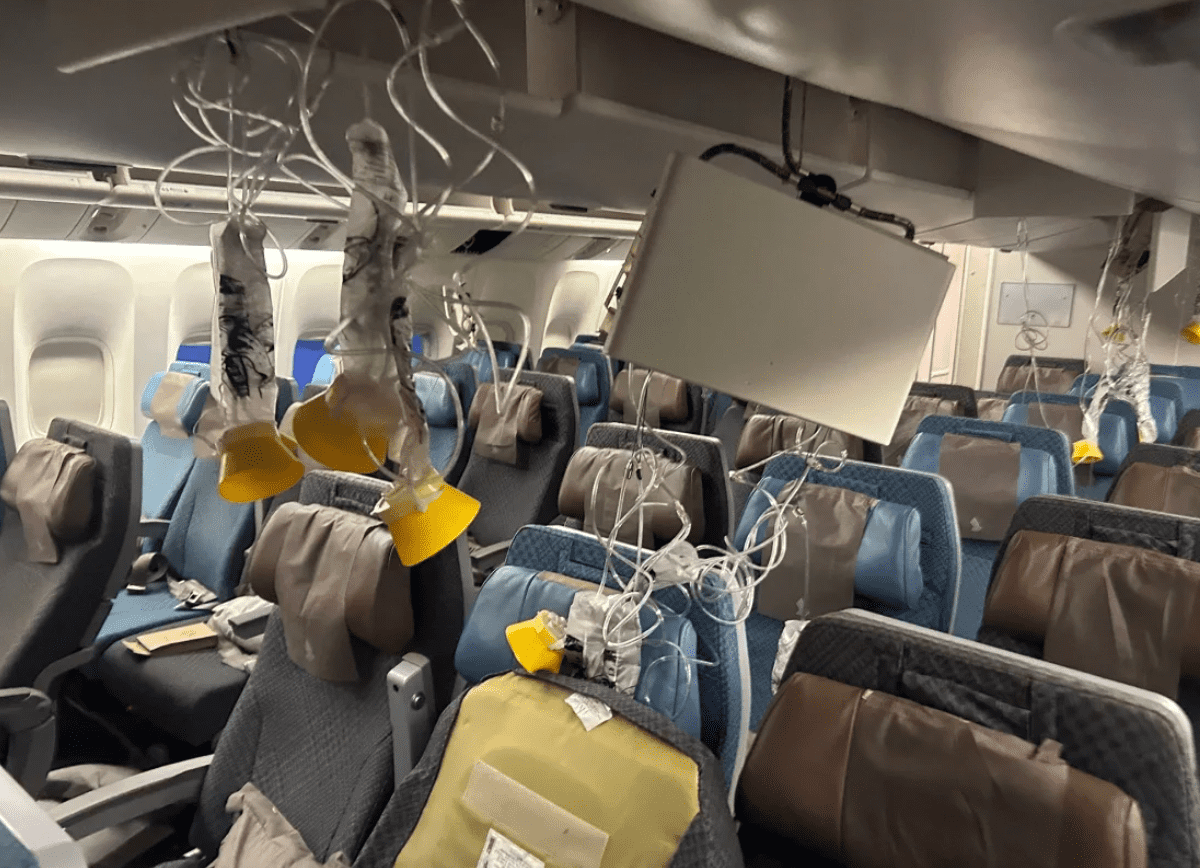On a recent Singapore Airlines flight from London to Singapore, severe turbulence struck, causing the plane to divert to Bangkok. The incident left one passenger dead and at least 71 others injured with six suffering severe injuries.

The Boeing 777-300ER plane, carrying 211 passengers and 18 crew members, encountered the sudden and extreme turbulence over the Irrawaddy Basin in Myanmar at an altitude of 37,000 feet, about 10 hours after departure. The pilot immediately declared a medical emergency and diverted the aircraft to Bangkok’s Suvarnabhumi International Airport.
Injuries and Aftermath
According to the General Manager of Bangkok’s Suvarnabhumi International Airport, Kittipong Kittikachorn, the deceased passenger was a 73-year-old British man. Several passengers sustained broken arms, while the majority suffered cuts and bruises. The injured were treated at nearby hospitals, with six people reported to be severely injured.

The plane landed in Bangkok at 3:45 p.m. local time, and almost 200 travelers were waiting to take onward flights to their destinations. The hospital treating the injured passengers reported that citizens from Malaysia, the United Kingdom, New Zealand, Spain, the United States, and Ireland were among those affected.
Turbulence and Its Dangers
This occurs when a plane flies by clashing bodies of air moving and flying different speeds. While light and moderate turbulence may only cause passengers to feel a strain against their seatbelt and unsecured items to move around the cabin, severe cases can be extremely dangerous.
In this incident, the turbulence was severe enough to throw passengers around the cabin, causing severe injuries and, tragically, a fatality. The aviation tracking site FlightRadar24 reported that the disruption lasted about 90 seconds, during which the flight encountered a rapid change in vertical rate, consistent with a sudden turbulence event.
Understanding Turbulence
Turbulence is a familiar experience for many frequent flyers, but its severity can vary significantly. It occurs when an aircraft flies through air currents moving at different speeds or directions, often due to weather conditions like thunderstorms or jet streams. While light and moderate turbulence might cause minor discomfort, severe turbulence can result in significant injuries as passengers and unsecured items are violently thrown around the cabin.
Response and Investigation
Singapore’s President Tharman Shanmugaratnam expressed condolences to the family and loved ones of the deceased passenger. The Minister for Transport, Chee Hong Tat, stated that the Ministry of Transport, Singapore Ministry of Foreign Affairs, Civil Aviation Authority of Singapore, Changi Airport officials, and Singapore Airlines staff were providing support to the affected passengers and their families.

The Singapore Ministry of Transport also announced that it was investigating the situation involving SQ321 and that its Transport Safety Investigation Bureau was in touch with their Thai counterparts.
The severe turbulence incident on Singapore Airlines flight SQ321 serves as a stark reminder of the potential dangers of air travel. While such occurrences are rare, they can have devastating consequences. The airline and authorities are working to support those affected and investigate the cause of the incident, ensuring that lessons are learned to prevent similar tragedies in the future.




